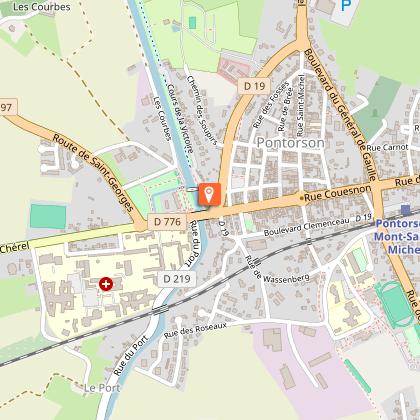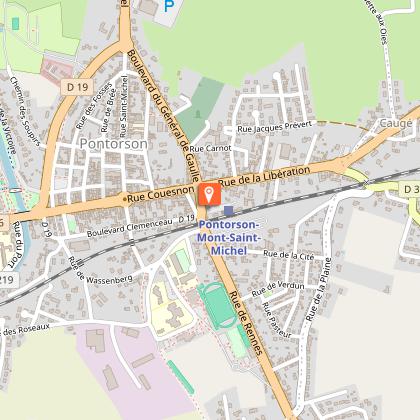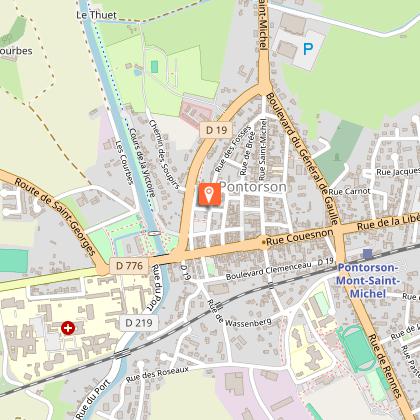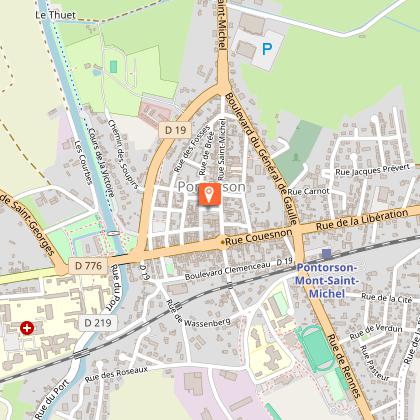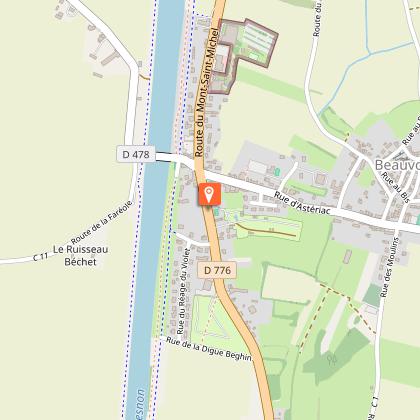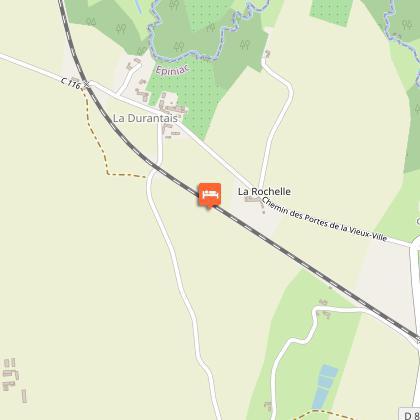Tours
Activities
Places of interest
Where to eat
Where to sleep
Discover Betton's Charms at Logis Hotel La Levée
Are you the owner?This page guides you through the attractions and activities accessible from Betton, Ille-et-Vilaine, Brittany, ideal for enriching your stay. Discover local sites, walking trails, and cultural specialties of the region. Betton offers a variety of natural and cultural wonders, such as the Ille-et-Rance canal where you can enjoy bike rides or peaceful hikes. History enthusiasts will love visiting th...See more
Walking around LOGIS HOTEL LA LEVEE
See more suggestionsWalk through the natural landscapes of LOGIS HOTEL LA LEVEE.
See more suggestionsWhat to do in LOGIS HOTEL LA LEVEE
See more suggestionsThe best experiences in LOGIS HOTEL LA LEVEE are just a click away, book now.
See more suggestionsIGN cards

1218SB - RENNES CESSON-SEVIGNÉ LIFFRÉ
Editor : IGN
Collection : TOP 25 ET SÉRIE BLEUE
Scale : 1:25 000
13.90€
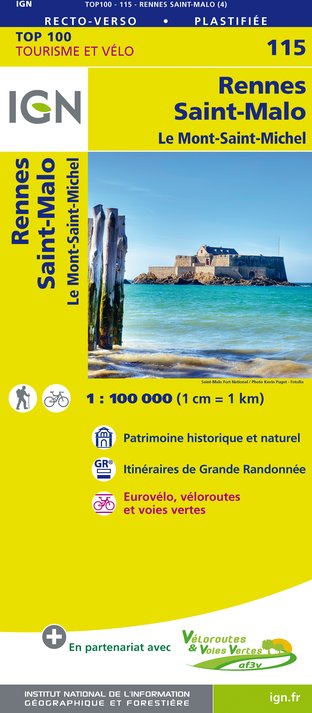
115 RENNES SAINT-MALO LE MONT-SAINT-MICHEL
Editor : IGN
Collection : TOP 100
Scale : 1:100 000
8.40€

TOP100D35 - ILLE-ET-VILAINE RENNES FOUGÈRES SAINT-MALO BAIE DU MONT SAINT-MICHEL
Editor : IGN
Collection : TOP 100
Scale : 1:100 000
8.40€

D35 ILLE-ET-VILAINE
Editor : IGN
Collection : CARTES DÉPARTEMENTALES IGN
Scale : 1:150 000
5.90€

NR06 BRETAGNE
Editor : IGN
Collection : CARTES RÉGIONALES IGN
Scale : 1:250 000
6.80€
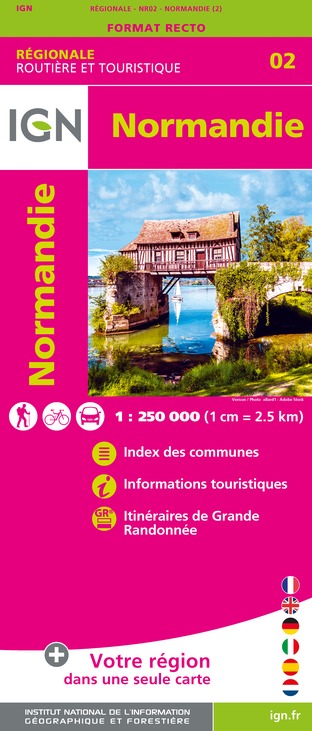
NR02 NORMANDIE
Editor : IGN
Collection : CARTES RÉGIONALES IGN
Scale : 1:250 000
6.80€

NR07 PAYS DE LA LOIRE
Editor : IGN
Collection : CARTES RÉGIONALES IGN
Scale : 1:250 000
6.80€

801 FRANCE NORD OUEST
Editor : IGN
Collection : CARTES NATIONALES IGN
Scale : 1:320 000
6.10€

EUROPE
Editor : IGN
Collection : DÉCOUVERTE DES PAYS DU MONDE IGN
Scale : 1:2 500 000
7.00€
What to visit in LOGIS HOTEL LA LEVEE
See more suggestionsVisit the historical sites of LOGIS HOTEL LA LEVEE.
See more suggestionsWhere to eat in LOGIS HOTEL LA LEVEE
See more suggestionsRestaurants in LOGIS HOTEL LA LEVEE offer a friendly atmosphere.
See more suggestionsWhere to sleep in LOGIS HOTEL LA LEVEE
See more suggestionsBook your stay at one of LOGIS HOTEL LA LEVEE's accommodations.
See more suggestions




















